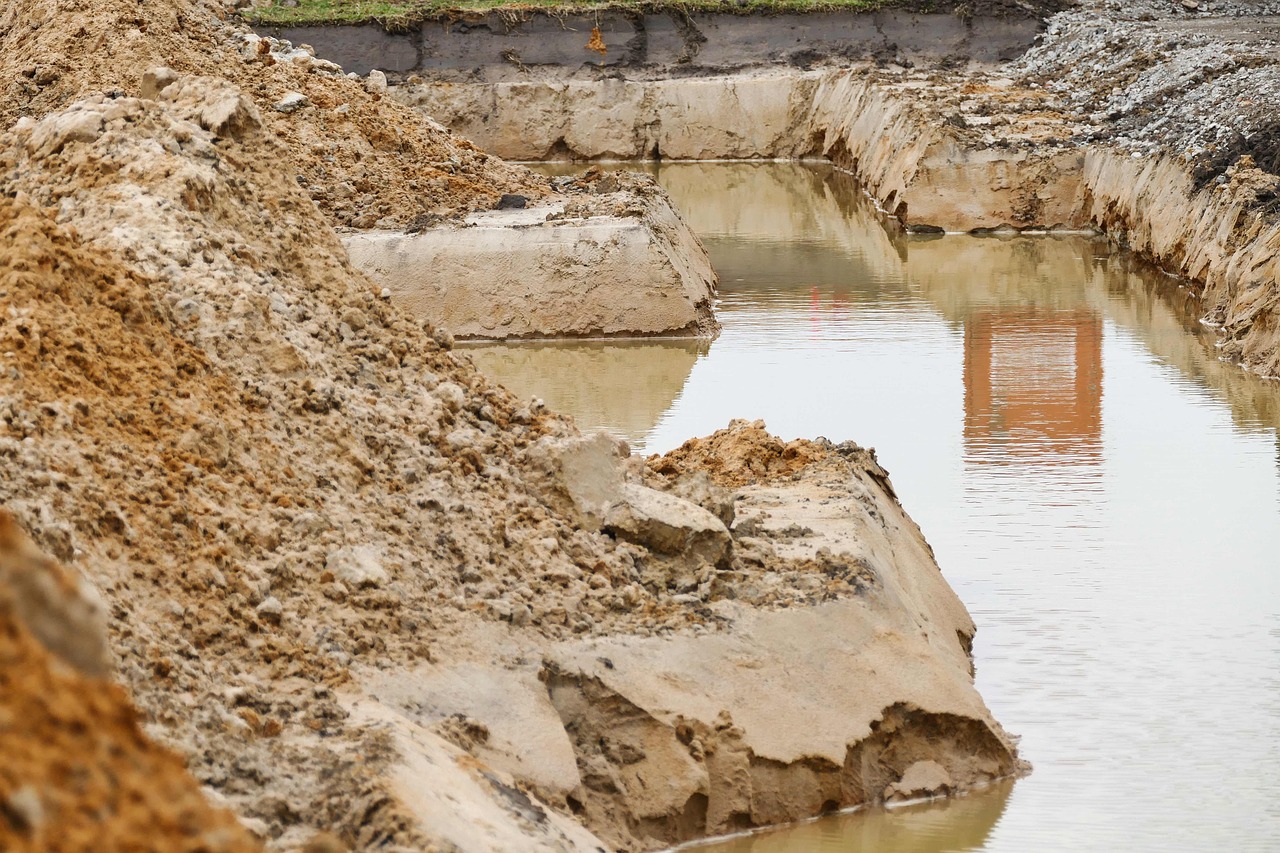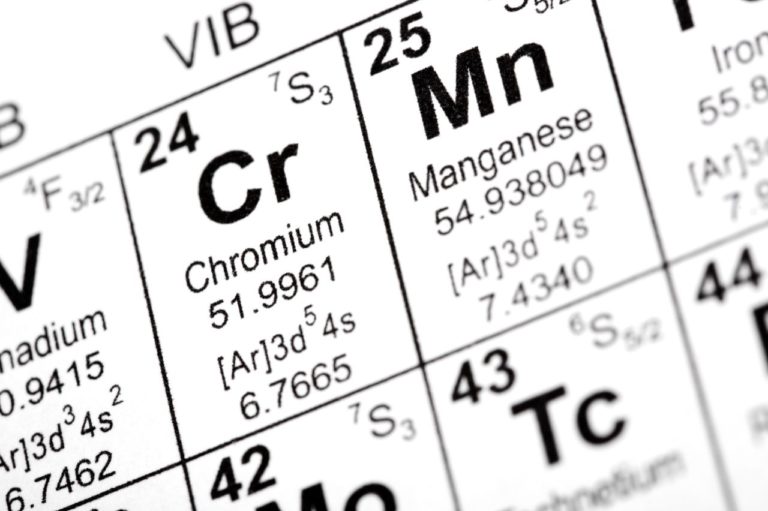Understanding Groundwater Contamination: Causes and Effects
How Does Groundwater Contamination Occur?
Groundwater contamination occurs when pollutants or contaminants enter the groundwater supply, making it unsafe for human consumption and damaging the environment. There are several ways that groundwater contamination can occur, including industrial activities, agricultural practices, and improper waste disposal. Understanding the causes of groundwater contamination is crucial in preventing and addressing this issue.
Industrial and Agricultural Activities
Industrial and agricultural activities are major contributors to groundwater contamination. Industrial activities such as manufacturing, mining, and oil and gas drilling can release harmful chemicals and pollutants into the ground, which can seep into the groundwater supply. Similarly, agricultural practices such as the use of pesticides and fertilizers can also contaminate groundwater. In addition, animal waste from livestock operations can also contribute to groundwater contamination if not properly managed. It is important for industries and farmers to take measures to prevent contamination and properly dispose of any hazardous materials.
Improper Waste Disposal
Improper waste disposal is a major cause of groundwater contamination. When hazardous materials such as chemicals, batteries, and electronics are not disposed of properly, they can leach into the ground and contaminate the groundwater supply. Landfills are also a significant source of groundwater contamination, as they can release harmful chemicals and pollutants into the surrounding soil and water. It is important for individuals and businesses to properly dispose of hazardous materials and to support efforts to reduce waste and promote recycling.
Underground Storage Tanks
Underground storage tanks (USTs) are another common cause of groundwater contamination. These tanks are used to store petroleum products and other hazardous materials, and if they are not properly maintained or monitored, they can leak and contaminate the surrounding soil and groundwater. USTs are often found at gas stations, industrial sites, and other locations where hazardous materials are used or stored. Regular inspections and maintenance can help prevent leaks and reduce the risk of groundwater contamination.
Landfills and Waste Dumps
Landfills and waste dumps are another major cause of groundwater contamination. When waste is disposed of in these areas, it can seep into the ground and contaminate the groundwater. This is particularly problematic when hazardous materials are disposed of improperly, as they can pose a serious risk to human health and the environment. Proper waste management and disposal practices are essential for preventing groundwater contamination from landfills and waste dumps.
Natural Sources
Natural sources, such as minerals and rocks, can also contribute to groundwater contamination. For example, high levels of arsenic and fluoride can be naturally present in some groundwater sources, which can lead to health problems if consumed in large quantities. Additionally, natural disasters like floods and earthquakes can disrupt the soil and release contaminants into the groundwater. It’s important to regularly test and monitor groundwater sources to ensure they are safe for consumption and use.
How to Prevent Groundwater Contamination
Groundwater contamination occurs when pollutants seep into the water beneath the earth’s surface, potentially causing harm to both humans and the environment. Fortunately, there are several effective strategies that can be implemented to prevent groundwater contamination. In this guide, we’ll explore some of the most important steps you can take to protect this vital resource.
Understand the sources of groundwater contamination
Before you can effectively prevent groundwater contamination, it’s important to understand where it comes from. Common sources of groundwater contamination include agricultural activities, industrial processes, and improper disposal of hazardous waste. Other potential sources include leaking underground storage tanks, septic systems, and landfills. By identifying the sources of contamination in your area, you can take targeted steps to prevent it from occurring.

Properly dispose of hazardous materials
One of the most important strategies for preventing groundwater contamination is to properly dispose of hazardous materials. This includes chemicals, oils, and other substances that can seep into the ground and contaminate the water supply. Make sure to follow all local regulations for hazardous waste disposal, and consider using alternative, less harmful products whenever possible. Additionally, be sure to properly store and label any hazardous materials to prevent accidental spills or leaks.
Use environmentally-friendly products and practices
Another effective strategy for preventing groundwater contamination is to use environmentally-friendly products and practices. This includes using non-toxic cleaning products, reducing pesticide and fertilizer use, and properly disposing of household hazardous waste. Consider implementing rainwater harvesting systems to reduce the amount of water that needs to be drawn from the ground and use permeable surfaces like gravel or pavers to allow rainwater to soak into the ground instead of running off into storm drains. By making these small changes, you can help protect the quality of our groundwater and ensure a healthier environment for future generations.
Regularly maintain and inspect septic systems
One of the biggest sources of groundwater contamination is from failing septic systems. Regular maintenance and inspections can help prevent leaks and ensure that the system is functioning properly. It’s recommended to have your septic system inspected every three years and pumped every three to five years, depending on the size of the tank and the number of people using it. Avoid flushing non-biodegradable items like wipes, feminine hygiene products, and paper towels, as these can clog the system and cause backups. By properly maintaining your septic system, you can help prevent groundwater contamination and protect public health.
Implement best management practices for agriculture and industry
Agriculture and industry are major contributors to contamination. Implementing best management practices can help reduce the risk of contamination. For example, farmers can use integrated pest management techniques to reduce the use of pesticides and fertilizers, which can leach into groundwater. Industry can implement pollution prevention measures, such as using non-toxic chemicals and properly disposing of hazardous waste. It’s important for both agriculture and industry to regularly monitor their practices and make adjustments as needed to prevent groundwater contamination.
Cleaning Up Groundwater Contamination
Groundwater contamination can be a serious problem, affecting the health and safety of communities and the environment. If you’re dealing with this issue, it’s important to take action quickly. This guide will provide you with the information you need to identify the source of contamination and implement effective solutions to clean up the groundwater.
Understand the Causes and Effects of Groundwater Contamination.
Groundwater contamination can be caused by a variety of factors, including industrial activities, agricultural practices, and improper disposal of hazardous waste. The effects of contamination can be devastating, including health problems for humans and animals, damage to ecosystems, and economic losses for communities. It’s important to understand the causes and effects of groundwater contamination in order to effectively address the issue.
Identify the Source of the Contamination
The first step in cleaning up contamination is to identify the source of the problem. This can be done through a variety of methods, including testing the water for contaminants, mapping the area to determine potential sources, and conducting interviews with local residents and businesses. Once the source has been identified, it’s important to take steps to prevent further contamination and to develop a plan for cleaning up the existing contamination. This may involve implementing new regulations, educating the public about proper disposal methods, and working with local businesses to reduce their impact on the environment.
Test the Water and Soil for Contaminants
The first step in cleaning up groundwater contamination is to test the water and soil for contaminants. This will help identify the type and level of contamination present, as well as the potential sources. Testing should be conducted by a qualified professional using appropriate methods and equipment. It’s important to test not only the contaminated area but also nearby water sources and soil to determine the extent of the contamination. Once the results are obtained, they can be used to develop a plan for cleaning up the contamination.
Choose the Right Remediation Method
After identifying the source and extent of contamination, it’s important to choose the right remediation method. There are several options available, including pump and treat systems, in-situ bioremediation, and chemical oxidation. The choice of method will depend on factors such as the type and level of contamination, the location and accessibility of the contaminated area, and the cost and feasibility of the method. It’s important to work with a qualified professional to determine the best remediation method for your specific situation.
Monitor and Maintain the Site to Prevent Future Contamination
Once the contamination has been successfully remediated, it’s important to monitor and maintain the site to prevent future contamination. This may involve regular testing of the groundwater and soil, implementing preventative measures such as barriers or liners, and ensuring that any hazardous materials are properly stored and disposed of. Ongoing maintenance and monitoring can help to ensure that the site remains clean and safe for years to come.
Conclusion
In conclusion, groundwater contamination is a serious issue that can have devastating effects on both the environment and human health. It is caused by a variety of factors, including industrial and agricultural activities, improper waste disposal, and natural disasters. However, by understanding the causes and taking preventative measures such as regular inspections and maintenance, we can work towards reducing the risk of groundwater contamination and protecting our planet for future generations.



